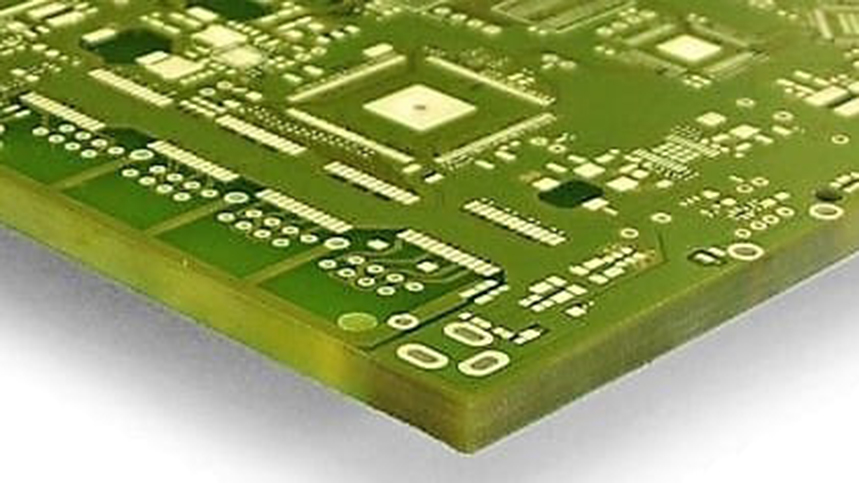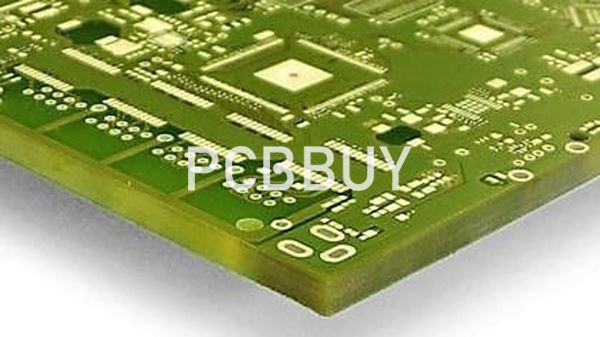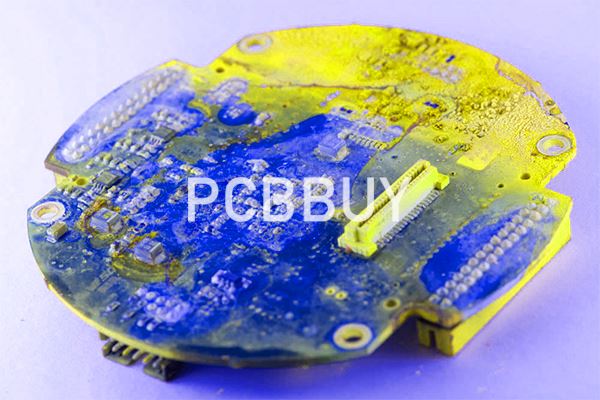How to Manufacture Multilayer PCB in Factory?
By:PCBBUY 04/26/2022 11:33

These types of PCBs offer a range of benefits. One of the most common reasons for using the multilayer PCB is the size. Because of the layered design, it means that the PCB will be smaller than other printed circuit boards but still have the same level of functionality. Most people today want their electronics to be smaller, while still being powerful. The multilayer PCB allows for this. These types of boards also happen to weigh less, which helps to reduce the overall weight of the gadgets in which they are used. However, the size is certainly not the only benefit.
How to make multilayer PCB? If you are a beginner of PCB industry, please check and read the content below in this passage for more professional knowledge.

What are the preparations for multilayer PCB design?
The first thing to look at when doing multilayer PCB designs is your CAD software. If you have only been designing single or double sided boards, your may not be set up for multilayer configurations. Here are three areas to look at:
Negative plane layers
Negative image plane layers are often used to create power and ground planes on multilayer PCB layouts. Some CAD tools require clearances built into pad and footprint shapes for drilled holes in a negative plane layer. If you are using one of these PCB design software tools, make sure that your pad and footprint shapes are set up with the correct negative plane clearances. If your shapes are not set up for these clearances, then you will create a short.
Pad shapes on inner signal layers
Some designs use different pad shapes on exterior layers than on inner layers. For instance, pin 1 pads often have a square shape for visual recognition instead of the round shape that it normally has on inner layers. If your libraries are not set up for multi-layer PCB configurations, you may not get the desired pad shapes on inner signal layers.
Drawing pieces
If you are creating your fabrication and assembly drawings from within your layout tools, you probably have different logos, tables, and PCB views saved to your software. These will have to be modified for multilayer boards.

What are the applications of multilayer PCB?
Consumer Electronics
The term “Consumer Electronics” is a wide term that includes many electronic devices that comes under the umbrella of commonly used devices that are directly relevant to common users like you and me. The consumer electronics include, smartphones, smart watches, calculators, TV remote control, mp3 music player, toys, kitchen appliances, washing machines, electric kettle, e-cigarettes, LED bulbs and energy savers etc.
Computers and Devices
Today our world is highly dependent on computers and automation. Multilayer PCBs are commonly found in computers and associated products like motherboards, graphics cards, EEPROMs, Power supplies, keyboard, computer mouse, ADCs, GPUs, Image processing circuits etc.
How to identify multilayer PCB?
When calculating the needs of a printed circuit board, consider the types of machines and devices your PCBs will be used in and the demands these machines/devices will place on the board circuitry. Will these PCBs be used in high-tech, complex electronics or in simpler items with minimal functions? Other things to consider are the manufacturing costs of single- and double-layer PCBs versus multilayer. If you want to have the highest capacity possible in today's circuit board technology, you will need to pay for the high manufacturing costs involved.
Lead time - the time it takes to manufacture a set of PCBs of single vs. multiple layers - is also something to consider when you order a large shipment of printed circuit boards. The lead time for one- and two-layer boards could be anywhere from 8 to 14 days, depending on the size of the board area. Then again, if you are willing to pay more or less, the lead time could be as short as five days or as long as a month. The lead time will increase, per board size, with every layer you add to the order. PCBs in the four- to 20-layer range could have a lead time of anywhere from 12 to 32 days, depending on whether you want the boards to have small or large dimensions.
What are the 5 benefits of multilayer PCB?
There are many reasons to use a multilayer board rather than just saving space. Multiple layers in your PCB solve electrical performance issues, including the following:

Small Size
One of the most prominent and lauded benefits of using multilayer PCBs lies in their size. Because of their layered design, multilayer PCBs are inherently smaller than other PCBs with similar functionality. This presents a major benefit to modern electronics, as the current trend is working toward smaller, more compact yet more powerful gadgets like smartphones, laptops, tablets and wearables.
Lightweight Construction
With smaller PCBs comes less weight, especially as the multiple connectors required to interlink separate single and double-layered PCBs are eliminated in favor of a multilayered design. This, again, is beneficial for modern electronics, which are geared more toward mobility.
Enhanced Flexibility
Though this does not apply to all multilayer PCB assemblies, some do use flexible construction techniques, resulting in a flexible multilayer PCB. This can be a highly desirable trait for applications where mild bending and flexing may occur on a semi-regular basis. Again, this does not apply to all multilayer PCBs, and the more layers incorporated into a flexible PCB, the less flexible the PCB becomes.
More Powerful
Multilayer PCBs are extremely high-density assemblies, incorporating multiple layers into a single PCB. These close-quarters enable boards to be more connective, and their innate electrical properties allow them to achieve greater capacity and speed despite their smaller size.
Signal integrity
Multilayer boards can be configured with microstrip or stripline layer structures to sandwich high-speed transmission lines between them. These structures will provide better signal return paths, reducing noise on the board and controlling crosstalk and broadside coupling between signal traces.
Industry Category











